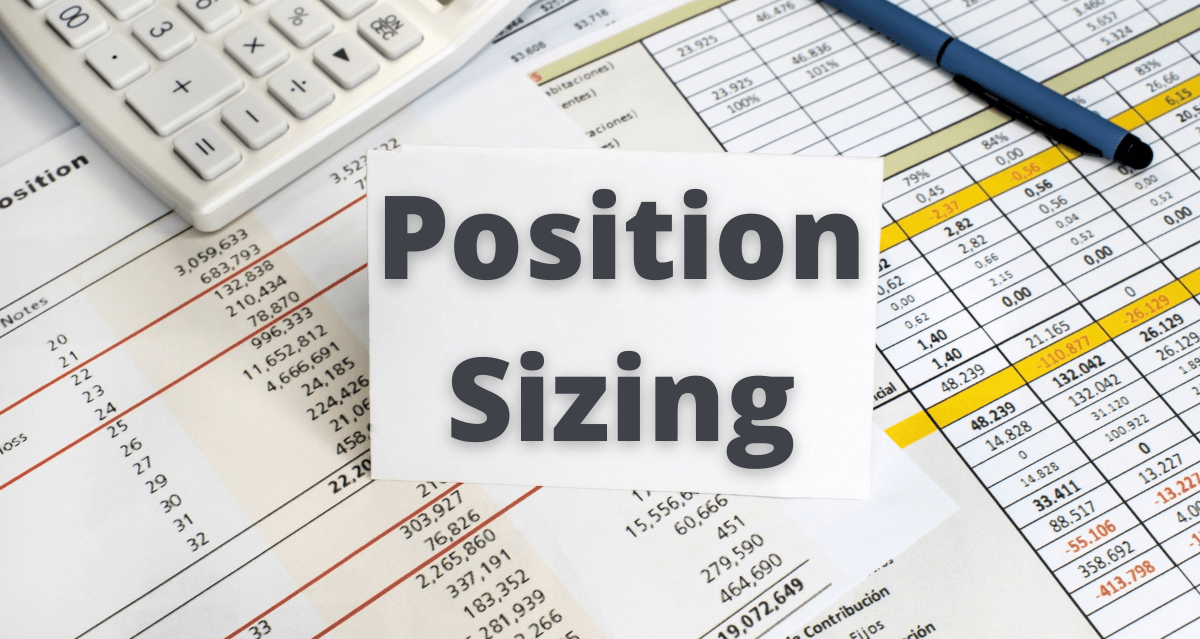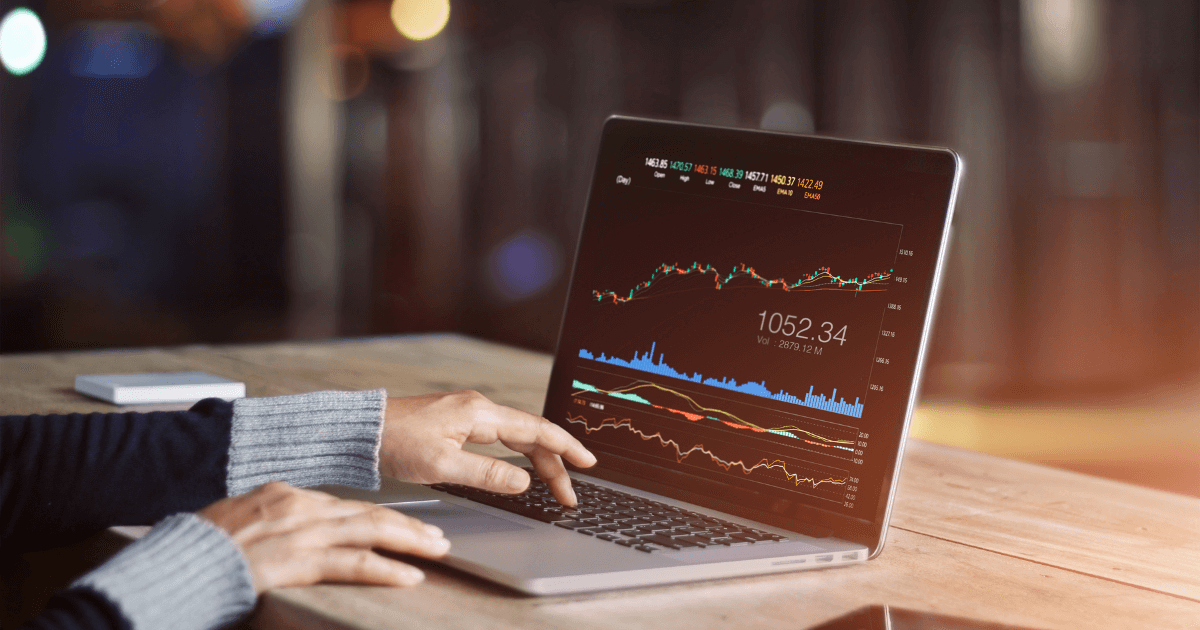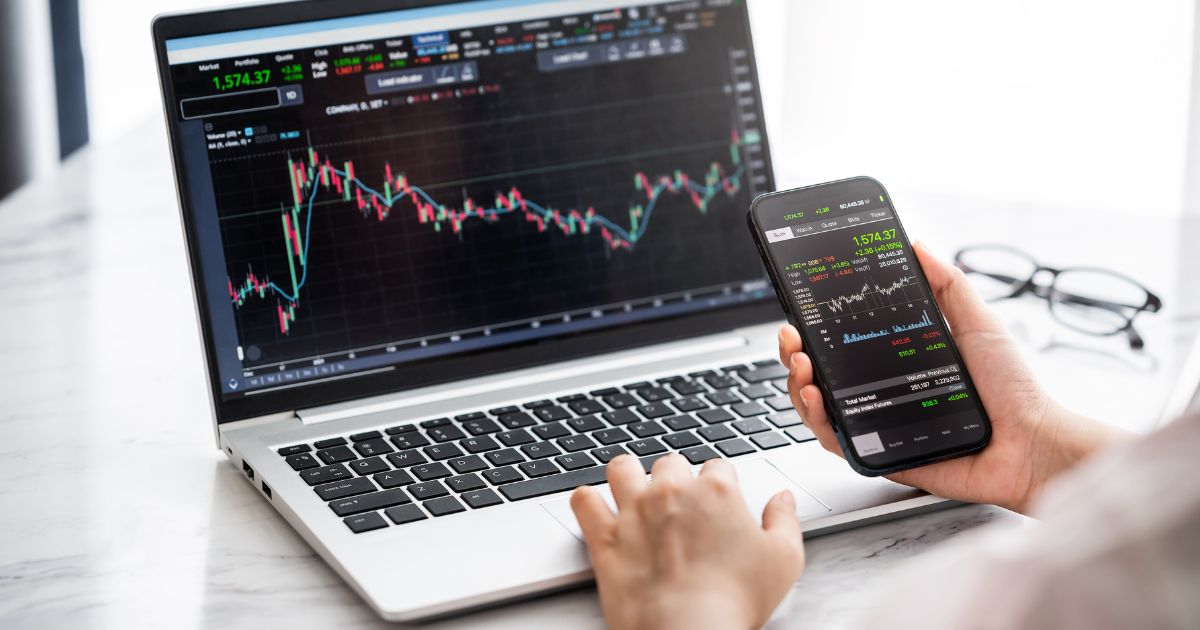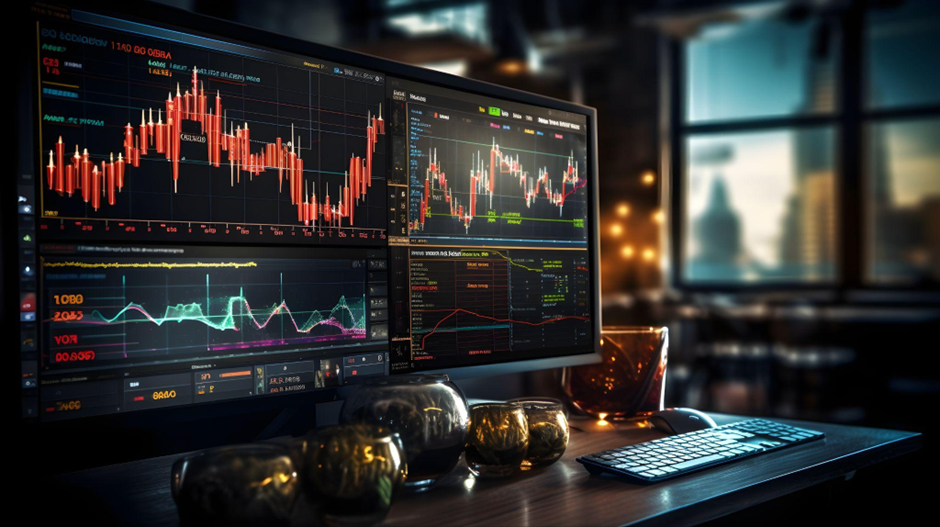Position Sizing is one of the most underrated concepts in the trading world.
Most traders invest a lot of time in identifying and refining trading set-ups (entry levels, stop-losses, take profits, trailing stops) or studying indicators.
While these elements are very important, they have less impact on the success (or failure) of one’s trading strategies than Position Sizing.
This article will look at Position Sizing, why it is so important, and how to use this fundamental knowledge to improve your chances of success.
What Is Position Sizing?
Position Sizing refers to the system of determining how much capital to allocate to a specific trade. The amount of money in a trade compared to the amount in your portfolio is the size.
For example, if you have $100,000 in capital and invest $1000 in a single trade, the Position Sizing for that trade amounts to 1% of your portfolio.
As you can see, it’s a relatively simple concept to understand, but one that’s often ignored or underestimated.
Successful traders focus a great deal on this point, always avoiding overexposure, that is, avoiding positions that are too large compared to their capital. Should the market sour, overexposure can prove disastrous, to say the least.
In short, proper Position Sizing can profoundly change the outcome of one’s trades, even more than the choice of instruments or market timing.
How to Determine Position Sizing
There is no rule of thumb when determining Position Sizing since a lot depends on one’s approach and other personal factors.
Many rules and theories have been devised over the years (we’ll look at some in a few moments), but it’s up to each person to choose the Position Sizing model that best suits him or her.
1. Always Start with the Concept of Risk
The most crucial element in determining proper Position Sizing is identifying one’s risk profile.
This risk is often expressed as a percentage of the investor’s capital. Most investors generally don’t risk more than 2% of their capital per trade.
Of course, this varies from person to person, and the percentage changes significantly when considering sizeable investment funds as opposed to individual investors.
2. Use the Concept of “Adverse Risk”
Ideally, you should evaluate Position Sizing according to the maximum quantifiable loss, or the most you could lose in a worst-case scenario. You won’t always lose all the capital invested in a trade, but it’s important to keep this risk in mind.
This “rational pessimism” will help you maintain a clear picture of how much you are willing to invest.
Again, there is no one answer, and much depends on your specific case. However, our advice is to invest no more than 2% of your total capital per single trade.
This will allow you to limit the damage should the trade close at a loss. Your maximum risk will be to lose 2% of your total capital.
Note: Allocating 2% of your capital on a single trade is not the same as allocating 100% of your total capital on that same trade with a 2% stop loss. Watch this video if you are interested in learning more!
3. Know Your Risk Profile
To sum up, some prefer to trade more speculatively on high-risk instruments, and others prefer a more conservative approach in terms of instruments traded and the sizing of individual trades.
There is no right or wrong approach, answer, or risk profile. The important thing is to be aware of this and to adjust one’s trades accordingly.
Approaches to Position Sizing
As mentioned above, there are many methods and theories for determining Position Sizing. Let’s look at some below, keeping in mind that this is by no means an exhaustive list.
Portfolio percentage
This is one of the most popular methods among fund managers and retail traders. The concept is simple: a fixed percentage of your account is invested in each trade.
Consider 2%. If your total portfolio is $50,000, then the maximum you will allocate per trade is $1000. If you have a portfolio of $100,000, the Position Sizing will double to $2000.
So, the larger your portfolio, the greater the amount you can risk per trade.
Fixed monetary amount
In this case, we don’t have a percentage of the total portfolio but a fixed amount.
For example, you can decide to invest a maximum of $1,000 per trade, regardless of whether you have capital of $40,000 or $100,000.
The amount is determined based on each person’s specific characteristics and goals.
Kelly’s Formula
One of the best-known formulas was summarized by J. L. Kelly, an American scientist with a degree in physics who fought in World War II.
The concept behind Kelly’s formula is that the greater the probability of winning, the more money you should invest. This is a very risky formula that applies more to gambling than trading.
Larry Williams’ Formula
Larry Williams is a world-renowned trader, and his formula represents an evolution of Kelly’s formula.
There are two critical variables in Williams’ formula: the maximum drawdown suffered in the past and the percentage of risk bearable by the trader.
Volatility Position Sizing
Volatility Position Sizing is a technique that allows a strategy to match the changes in the volatility of the instrument on which it trades.
This position-sizing method can benefit markets with good granularity, such as cryptocurrencies.
By adopting Volatility Position Sizing instead of fixed size, essential benefits can be achieved in these markets, such as increased profitability of strategies and limiting account fluctuations under high volatility conditions.
In this video, one of our coaches shows how to use Volatility Position Sizing and offers some tests demonstrating its effectiveness on crypto.
Conclusion
Position Sizing is an important topic that should be studied in more detail.
The purpose of this brief guide is to give you an overview of the most important concepts and some Position Sizing techniques. Still, if you’re interested in reading more, we recommend you read Andrea Unger’s book “The Successful Trader’s Guide to Money Management: Proven strategies, applications and management techniques“.
In this book, Andrea reveals everything you need to know to become an expert in Position Sizing.










